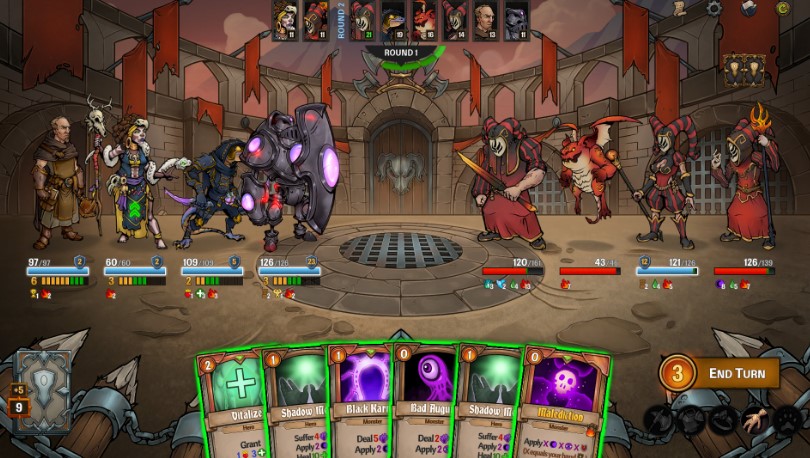Across The Obelisk Deckbuilding Guide Tips & Tricks

Across the Obelisk would appear to be an old-fashioned game but no wonder the creators have camouflaged its varied amazing characters and amazing multifaceted storyline. In simple terms, it’s a deck-building game but definitely with a twist. Before we move any further, gamers, a deck-building game never ever has the best deck it’s all on you how properly you know to use your cards.
Across the immersive displays and live-like simulated games of this decade, we have a got a small relief where we can hit back to the classic times of 2D gaming adventures and simplified gameplay where the characters were mere vector images but the gaming complexity used to way higher than any game of this time could offer. In our article, the headlines have caught up a classic game somewhere like that, which muscles up your brain definitely.
Across the obelisk has more to offer than we can think of, it’s a pretty co-op game, which makes it even more fun to play with friends. Choose your characters and strategize your moves choosing the perfect card to boost your combat.
Across The Obelisk Tips
More than 500+ cards to curate, upgrade and play and the gameplay depends on what way the player chooses the course to be. And if you are hands-on with the game for the first time we would be more than happy to give you the best tips and tricks that you should follow.
For starters, there are nine damage types and nine defenses in the game, each damage card has a specific damage type associated with it, and each enemy has a unique set of defenses. As a result, some enemies are more immune to physical damage and tend to be at the forefront lines of battle, while others are more resistant to magic and are in the back.
Keeping It Thin
You shouldn’t do that because holding too many cards lowers the probability that your desired combination card will show up. Your top objective should be to have a notion of what your character’s role will be, then concentrate on one or two of those roles before constructing your deck around them.
Speed Is The Key
Use cards that slow down enemies. Some examples of these are Rupture or Piercing Howl for your fighters. While your scout or mages prepare for their rounds to deal damage or weaken opponents with health buffs or status effects, these would slow down the opposition.To quicken your turns, you should give priority to cards that speed up, such as haste.
Calculate Time And Energy
It is best to conserve energy until you can chain damage or weaken foes and unleash a series of strikes because the energy needed to deploy cards is preserved between rounds. Keep track of the order of the cards in your deck and their turn. You would be better able to predict when to attack or defend yourself.
Always check the enemy’s defenses or immunities. It would have been a waste of energy to utilize a card over an attacker with a high defense against your attack.
Maintaining Your Deck
Check the default deck of the character you are creating a deck for. Once you start adding to or removing from their deck, that ought to give you an indication of what the strengths are. You might initially feel the need to stack your deck to the brim with cards. This frequently occurs, especially if you acquire cards that are useful but perhaps not absolutely necessary for your deck.